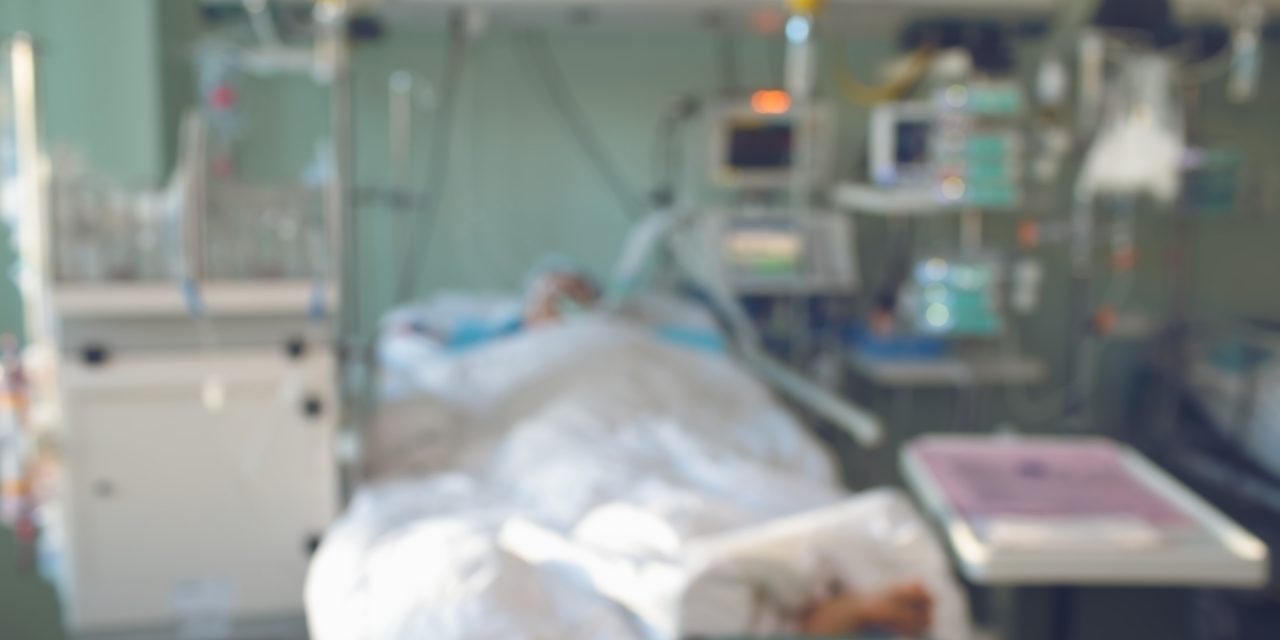There are currently few data on the outcome of acute myeloid leukemia (AML) in adolescents after allogeneic HSCT. The aim of this study is to describe the outcome and its specific risk factors for children, adolescents and young adults after a first allogeneic HSCT for AML.
In this retrospective study, we compared the outcome of AML patients receiving a first allogeneic HSCT between 2005 and 2017 according to their age at transplantation’s time: children (< 15 years, n = 564), adolescent and post-adolescent (APA) patients (15-25 years, n = 647) and young adults (26-40 years; n = 1434).
With a median follow-up of 4.37 years (min-max 0.18-14.73 years), the probability of 2-year overall survival (OS) was 71.4% in children, 61.1% in APA patients and 62.9% in young adults (p = 0.0009 for intergroup difference). Both relapse and non-relapse mortality (NRM) Cumulative Incidence (CI) estimated at 2 years were different between the age groups (30.8% for children, 35.2% for APA patients and 29.4% for young adults-p = 0.0254, and 7.0% for children, 10.6% for APA patients and 14.2% for young adults, p < 0.0001; respectively). Whilst there was no difference between the three groups for grade I to IV acute GVHD CI at 3 months, the chronic GVHD CI at 2 years was higher in APA patients and young adults (31.4% and 36.4%, respectively) in comparison to the children (17.5%) (p < 0.0001). In multivariable analysis, factors associated with death were AML cytogenetics (HR1.73 [1.29-2.32] for intermediate risk 1, HR 1.50 [1.13-2.01] for intermediate risk 2, HR 2.22 [1.70-2.89] for high cytogenetics risk compared to low risk), use of TBI ≥ 8 Grays (HR 1.33 [1.09-1.61]), disease status at transplant (HR 1.40 [1.10-1.78] for second Complete Remission (CR), HR 2.26 [1.02-4.98] for third CR and HR 3.07 [2.44-3.85] for active disease, compared to first CR), graft source (HR 1.26 [1.05-1.50] for Peripheral Blood Stem Cells compared to Bone Marrow) and donor age (HR 1.01 (1-1.02] by increase of 1 year).
Age is an independent risk factor for NRM and extensive chronic GVHD. This study suggests that APA patients with AML could be beneficially treated with a chemotherapy-based MAC regimen and bone marrow as a stem cells source.
© 2021. The Author(s).
Improved outcome in children compared to adolescents and young adults after allogeneic hematopoietic stem cell transplant for acute myeloid leukemia: a retrospective study from the Francophone Society of Bone Marrow Transplantation and Cell Therapy (SFGM-TC).


